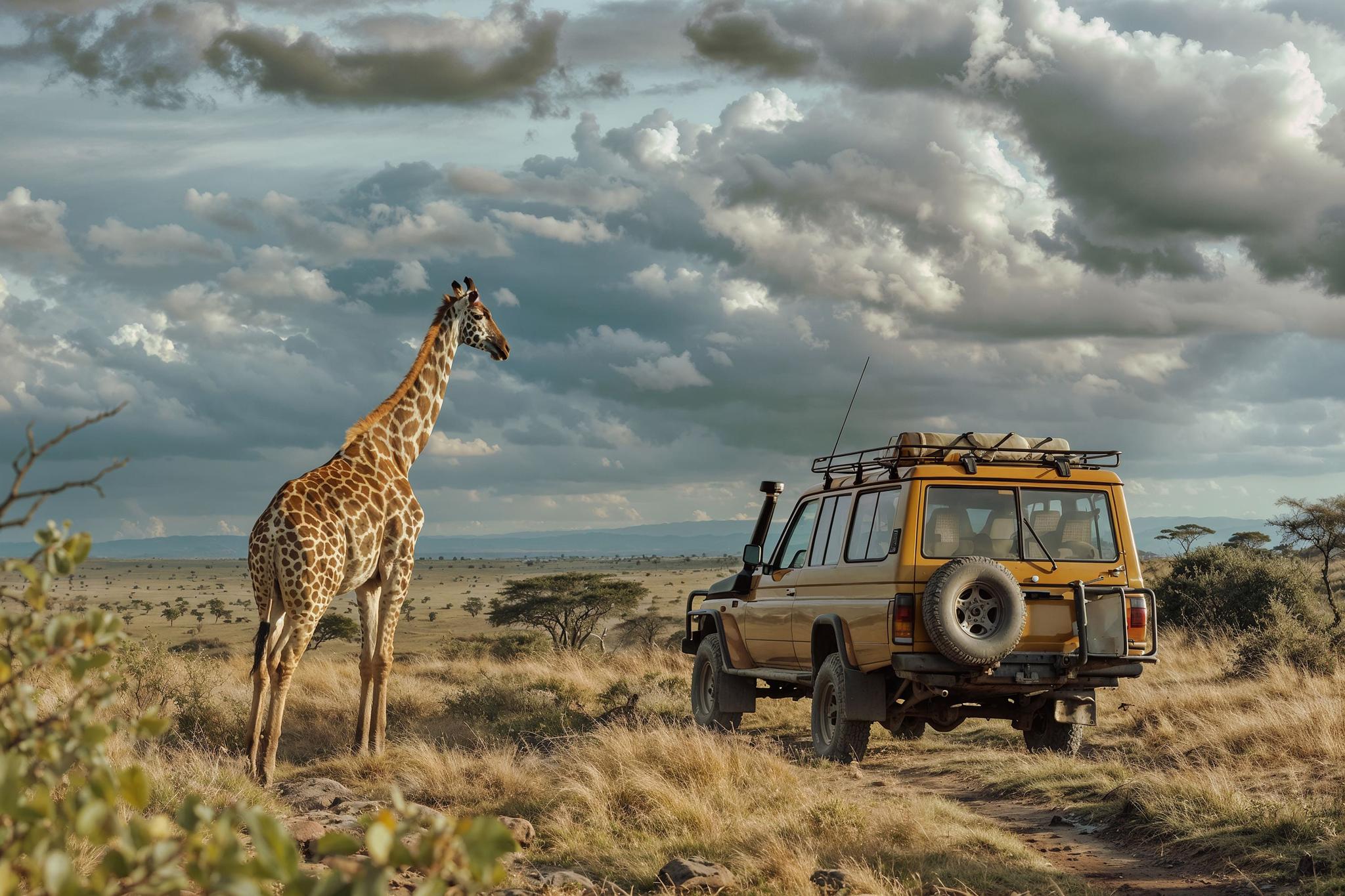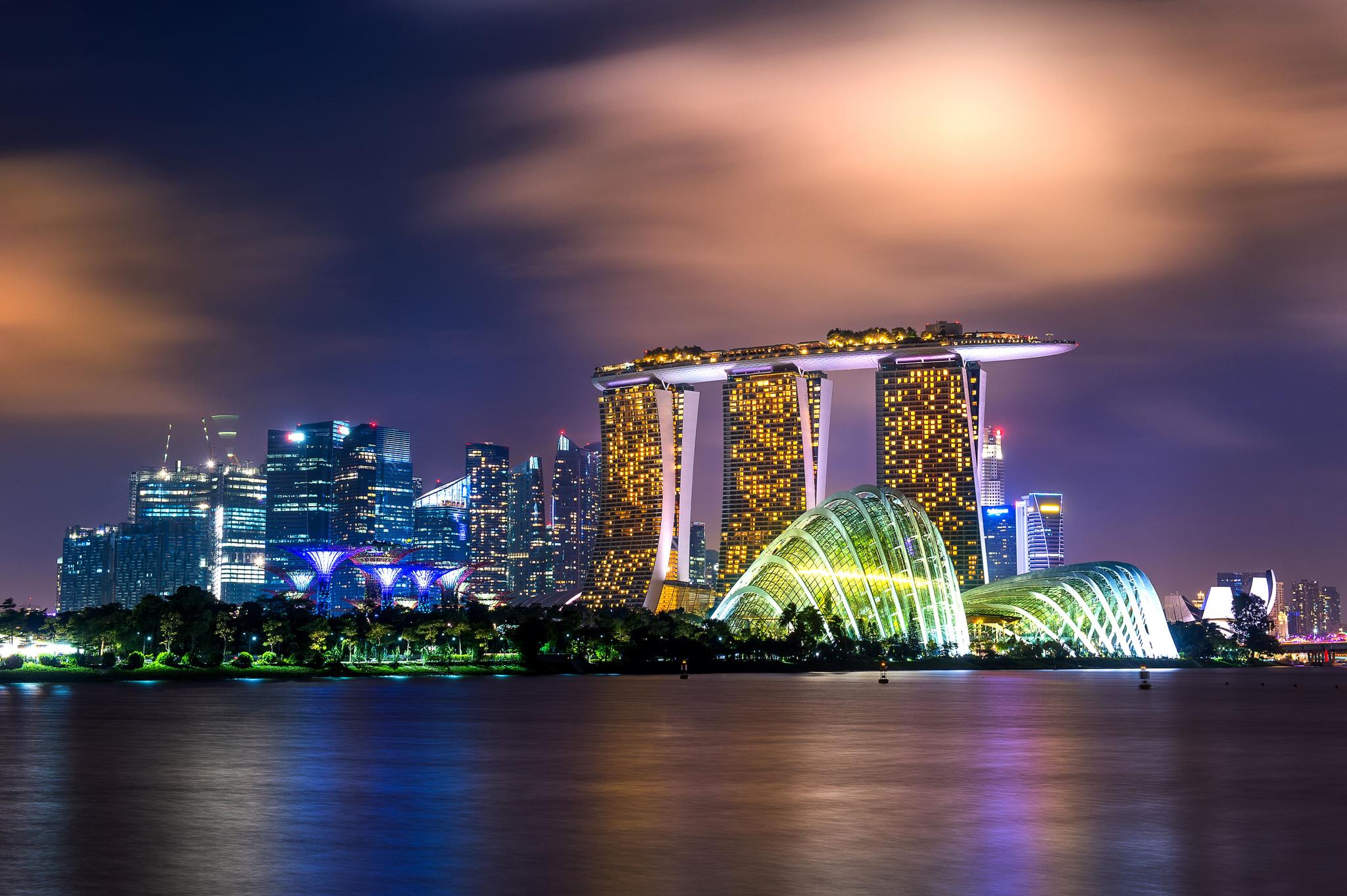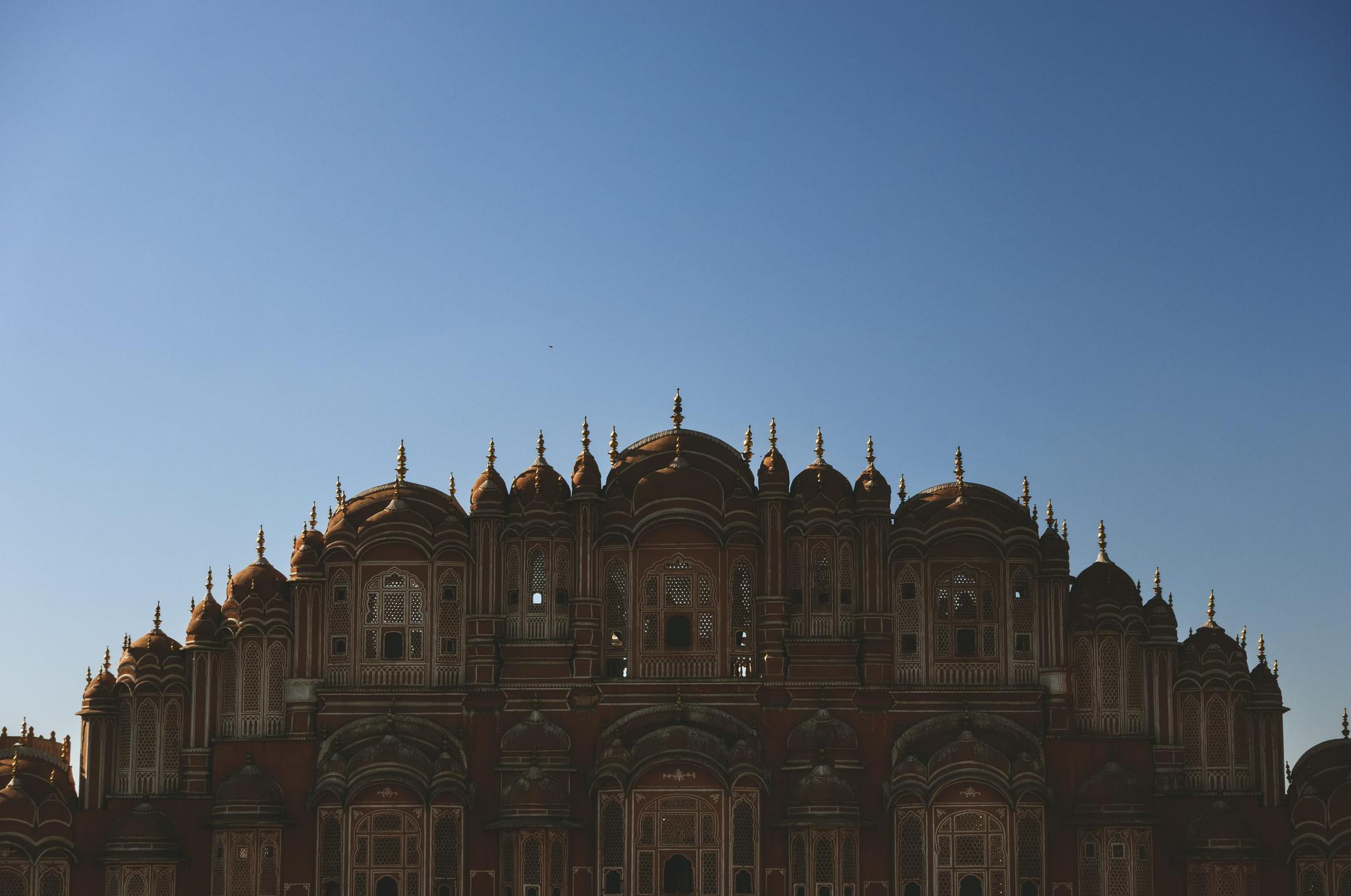
The Great Migration

The Great Migration: Where lives meet chaos
If you want to witness how nature creates a systematic process within chaos, you should witness the largest migration of mammals in the world called The Great Migration. In search of fresh grass and water, over 1.2 million wildebeests, above 4 lakh zebras, eland, and gazelles migrate from Serengeti in Tanzania to Masai Mara in Kenya and back from April to November. This movement is often called ‘the greatest wildlife show on Earth’, since for the migrators, this is an action between birth and death. Because on the pathway they must survive predators, scavengers, floods, drought, and diseases during the migratory cycle.
Action amidst birth and death: A journey designed by nature.
The great migration has to pass through territories of lions, cheetahs, and crocodile-infected rivers during this migratory cycle. Apart from that, predators like hyenas and scavengers are attracted from afar because of the easiness of hunting and easy picks. Since this is the biggest challenge of the great migration, some may fall and many may survive. But, surviving predation is not enough to be alive for the next cycle because, during this 7-8 month long journey brings in diseases, flood, drought, and other natural calamities as thrones on their path. By surviving all this, these herbivorous animals march to their destination, gaze for survival, and give birth to calves.
During the great migration, the herd always follows an age-old route. Even though it’s unclear how they memories this route, they never fail or fall behind, some theories say that this route is ingrained in their collective memory. Some others even believe that these animals react to lightning and thunderstorms, and wildebeests can locate rain more than 50 kilometers away.

The Great Migration- Tanzania to Kenya
The Great Migration: The Greatest Wildlife Show on Earth
The cycle of the great migration starts in December and ends in November. December to March will be the calving season. By April the herd starts slowly moving north from Serengeti. After traveling and gazing for about 6 months, they reach Masai Marai by September and they start returning back to Serengeti the very next week.
Since the great migration is a never-ending cycle you can witness the process year along. But from June to October will be the most stunning and action-infused period. If you are an adventure lover, never miss this.



